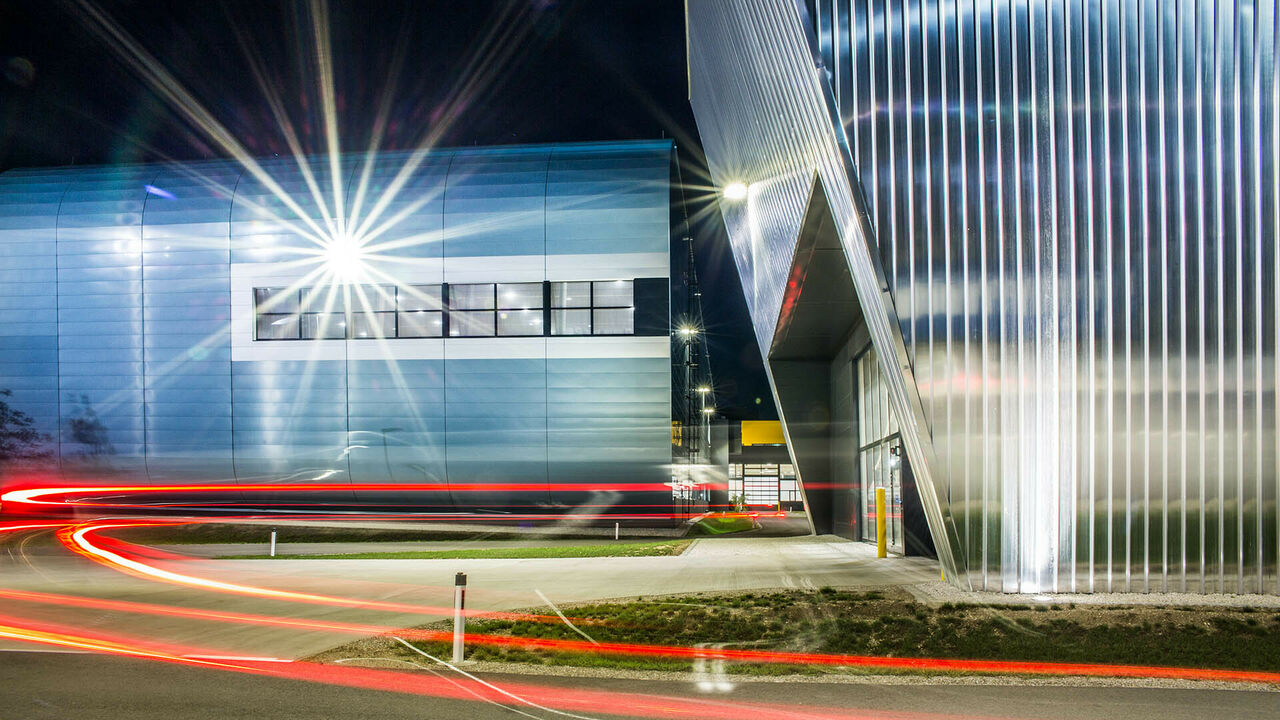In the 1930s, Germany’s Reichsautobahn was the scene of speed records. Mercedes-Benz and Auto Union have constantly tried to outdo each other with new top speeds on public roads. It was promoted and funded by the Nazi regime and it was also the National Socialist Driver Corps that set the standard driving dates.
In October 1937, Bernd Rosemeyer drove his Auto Union record car faster than 400 km/h on a public road for the first time during the record week in Frankfurt am Main.
Mercedes wanted to respond in January 1938. Rudolf Uhlenhaut, technical director of the racing department, is building a record-breaking aerodynamic car based on the W 125, the racing car in which Caracciola became European Grand Prix champion. The specifications for the engineers are as follows: modification of the chassis and engine and the development of a completely new structure. The main reason for this was that the front axle lift of the 1937 version was too great, which sometimes resulted in a loss of steering ability. The development departments of Ernst Heinkel and Willy Messerschmitt, among others, recommended shortening the front part and making the front part more rounded. In addition, the front part is pulled down more and extends more sharply at the top. As desired, this reduces front axle lift.
In addition, the cross-section of the car is more rounded, which reduces sensitivity to crosswinds. Finally, a circular cockpit glazing is constructed, based on the ground plan and droplet cross-section. Previously, Caracciola refused such a disc because of the risk of distorting vision. Now, together with a supplier, Mercedes-Benz has found a solution that is both visually pleasing and dynamic.
ice water cooling
In order to further improve aerodynamics, conventional cooling by air was dispensed with, and engine cooling by ice water was developed instead. The cooler is in a container with 48 liters of water and five kilograms of ice. An additional cooling effect can be created by dry ice if needed.

“Total coffee aficionado. Travel buff. Music ninja. Bacon nerd. Beeraholic.”







More Stories
AMAG with sales and profits declining in the first quarter
Traditional FC Salzburg: Reaching old successes with a new coach?
Harald Wiel will take over as Group Vice President IT at Greiner from June 2024